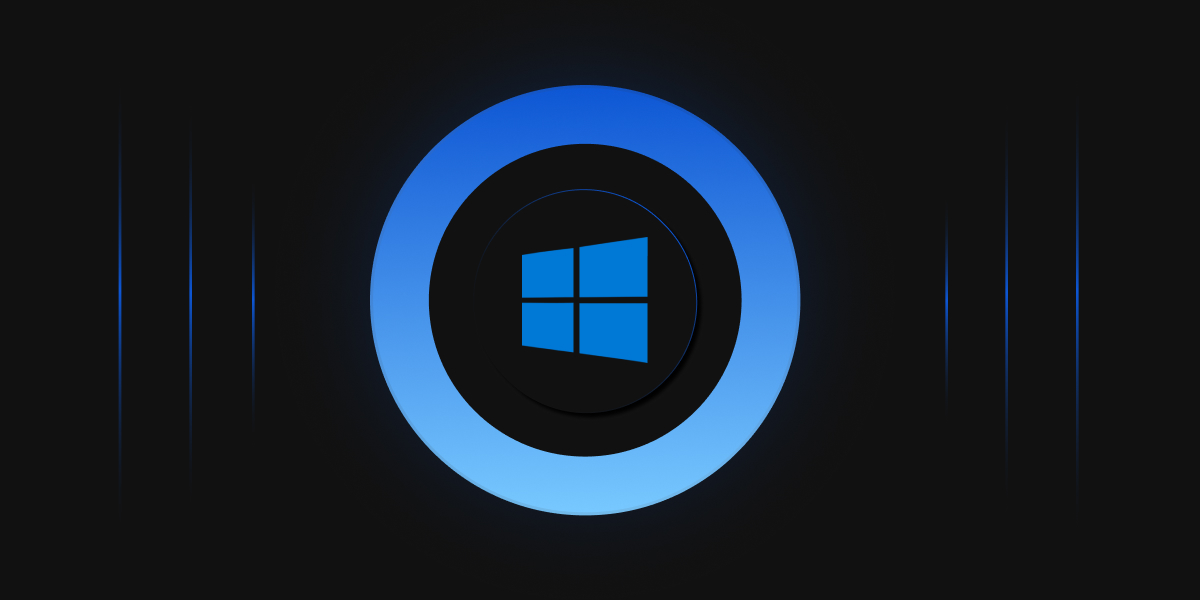In an era where the digital realm dominates our daily lives, the demand for secure and user-friendly authentication methods has never been more pressing. Traditional password-based systems, rife with vulnerabilities like weak passwords and susceptibility to phishing, are proving insufficient in safeguarding our digital identities. Recognizing this, there is a significant shift towards embracing biometric authentication as a more robust solution. Enter Windows Hello, a pioneering feature by Microsoft, designed to revolutionize how we access our devices and digital accounts. In this blog, we delve into the realm of Windows Hello, exploring its role in mitigating password-related challenges, enhancing security, and providing a seamless user experience in the ever-evolving landscape of digital authentication.
Navigating the Dilemma
In an age of ever-increasing cyber threats, traditional passwords have become a major security vulnerability. Weak passwords are easily hacked, and even strong ones can be stolen through phishing and malware attacks. Now, let’s explore the specific challenges with traditional methods:
-
Cracked Passwords
Weak passwords, like “password123” or birthdays, are painfully common. Hackers could easily guess these combinations or exploit phishing scams to steal them. Brute-force attacks eventually break through and expose sensitive data. This constant threat of data breaches and identity theft cast a long shadow over online security.
-
Forgotten Memories
Forgotten passwords are a daily nuisance, causing lost productivity and frustration. The scramble to reset passwords and answer security questions was a time-consuming ordeal. This memory lapse hinders personal access and creates barriers for businesses, delaying workflows and impacting customer service.
-
Slow Access
Time is precious, and traditional passwords were slow with every click and keystroke. Typing complex combinations, especially on mobile devices, added seconds to every login. This inefficiency hampered productivity and even impacted business performance.
-
Data Breaches
Stolen password databases exposed millions of vulnerable accounts. These incidents shattered trust in online security and caused widespread anxiety about the safety of our personal information. The constant fear of identity theft and financial loss cast a dark cloud over online activities.
-
Lack of Accessibility
Traditional passwords created barriers for users with disabilities. Visually impaired individuals struggled with complex characters, while those with motor limitations found typing passwords frustrating.
What is Windows Hello?
Windows Hello is a biometric authentication system built into Windows 10 and 11 that allows one to log in to devices using unique physical characteristics. Instead of typing a password, one can utilize facial recognition, fingerprint scanning, or even an iris scan, depending on the device’s hardware capabilities. This unique approach adds a powerful layer of security to the device access, making it significantly harder for hackers to gain unauthorized entry
-
Multi-User Access
Windows Hello recognizes even your friends and family. Multiple users can enjoy personalized and secure access on the same device.
-
Enhanced Security
Combine your biometrics with a PIN for an extra layer of security. It’s like a double-locked door for your digital vault.
-
Convenience
Voice recognition and other features cater to diverse needs, ensuring everyone can enjoy the convenience of Windows Hello.
-
Innovative Solution
Secure deployment and management tools make Windows Hello ideal for organizations, easily protecting sensitive data.
Benefits of Windows Hello
Windows Hello acts as a digital guardian, using the unique power of your biometrics to build an unbreakable barrier against hackers. It boosts productivity, provides multi-user access, and embraces the future of secure and convenient management. Windows Hello goes beyond simply unlocking your PC. Here are various ways to utilize its capabilities:
-
Microsoft Apps
Sign in to various Microsoft apps and services like Outlook, OneDrive, and Skype using your fingerprint or face. Windows Hello remembers the login, allowing effortless switching between apps.
-
Websites & FIDO2 Apps
Websites and apps supporting FIDO2, like Dropbox, GitHub, and online banking services, can be accessed using Windows Hello credentials, as it acts like a universal key, simplifying your online experience.
-
Connected Devices
Windows Hello’s biometric authentication safeguards the data beyond the computers. Printers, external drives, and even some smart home gadgets can be unlocked using Windows Hello, allowing secure access without additional passwords.
-
Email Verification
Window Hello adds an extra barrier against unauthorized access attempts, even if the password is compromised. This additional layer of security allows an easy & secure email experience.
Conclusion
Windows Hello represents a significant shift in user authentication, offering a more secure, convenient, and faster way to access your Windows devices. By harnessing the power of biometrics, Windows Hello makes password-based logins a thing of the past, empowering users with a more secure and streamlined digital experience.

